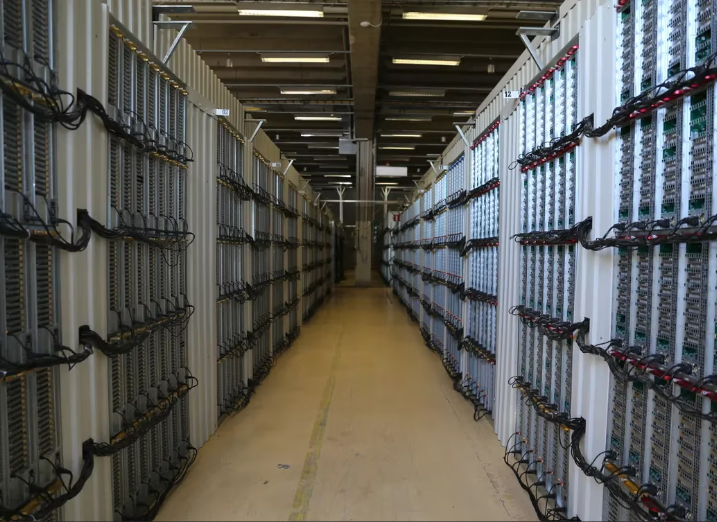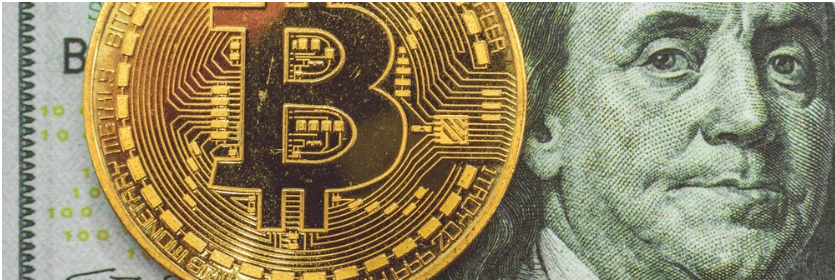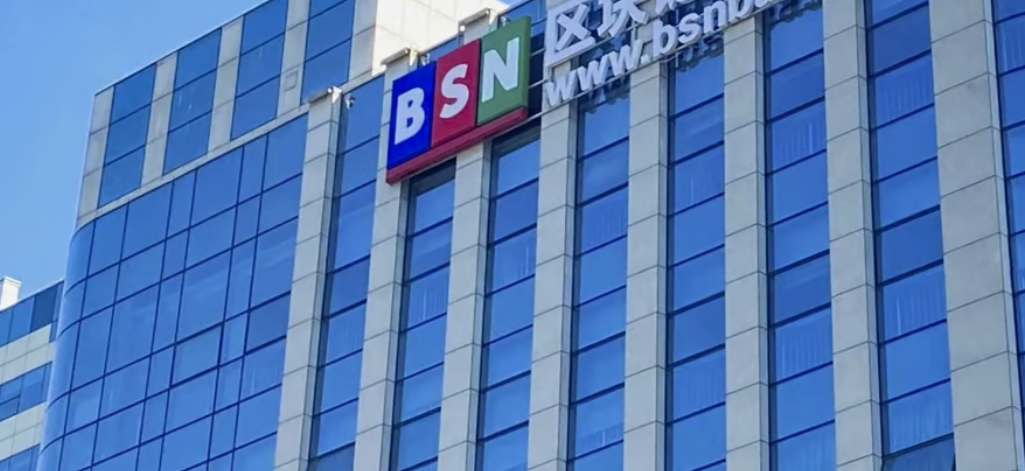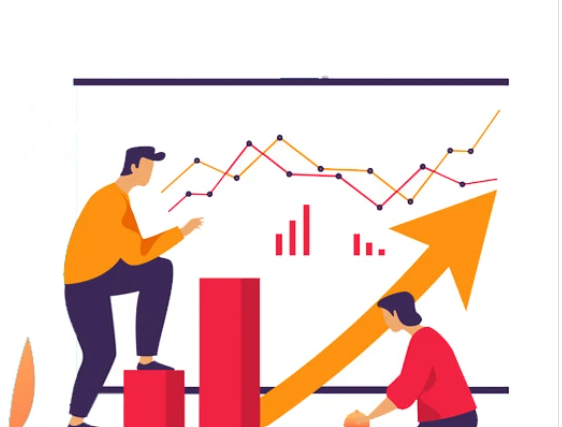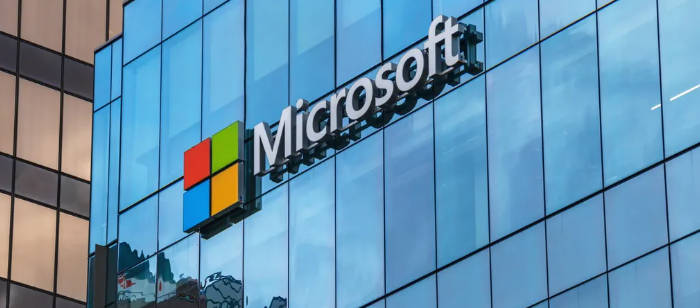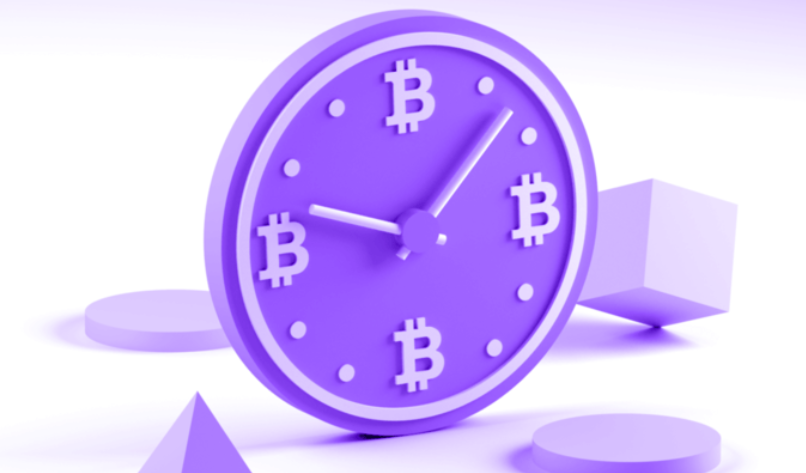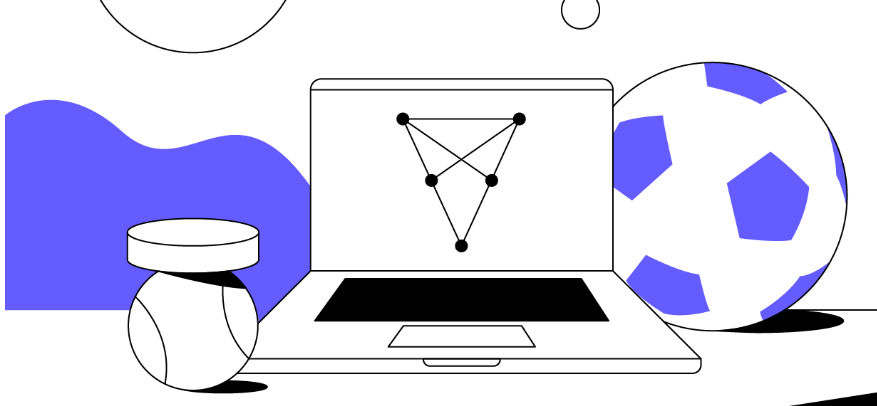So, you’ve been hearing the word ‘blockchain’, perhaps interspersed with ‘bitcoin’ and ‘cryptocurrency’, and you may be thinking “am I getting old or is the world going a little crazy?”
Whether you are old or young, blockchain is actually a lot simpler than it seems. The key is to find information targeted at people like us, which as an emerging technology, is quite rare for blockchain. But, you have come to the right place! We’ll break it down for you, step by step.
Let’s start from the beginning.
The first blockchain was created by a mysterious entity or person passing by Satoshi Nakamoto in 2008, to create the now infamous digital currency/cryptocurrency called bitcoin.
In creating bitcoin, Satoshi wanted to make electronic cash that “allowed online payments to be sent from one party to another without going through a financial institution.” That means eliminating the use of government-controlled banks and currencies, which sounds impossible, right?
This is where the blockchain comes into play.
Since we are removing the authoritative figures that were there to mediate transactions between the parties, we need a record keeper that we can trust but have no control over.
The blockchain does this by being an extremely trustworthy, secure and fair record keeper, a job traditionally left to banks.
What exactly is a blockchain?
‘Blockchain’ refers to a digital chain of blocks. I told you it was simple!
The blocks within the chain are where all the transaction data lives digitally. And the reason they are on a chain is that once a block is added to the chain, the data in the block must be permanent and irreversible.
The chronological order of the blocks ensures that there is an agreed and unalterable chain of blocks that has been verified by the blockchain network.
Instead of being controlled by an entity like the bank, the blockchain is managed by a network of computers (known as nodes in the bitcoin network). These computers are tasked with verifying the information that is added to the block.
Once a new block of information is accepted by the network and added to the chain, each computer downloads that information.
There are as many copies of the blockchain as there are nodes in a network. This way, if one computer is hacked, the rest of the network can verify the information that lives on the rest of the network.
To help you connect the dots a bit more, bitcoin is a type of cryptocurrency with its own blockchain. There is only one bitcoin blockchain that is recognized by its network, but there are many blockchains that support other cryptocurrencies.
Why is this important?
Immutability: Any record in a blockchain is permanent. This is especially important due to the frequency with which we conduct digital transactions. If you get $10K from someone, you don’t want them to be able to reverse that transaction, do you?
Decentralization: Have you ever felt like banks are getting the best of us, especially when sending money abroad? Blockchain technology takes control away from traditionally powerful entities, creating a fair system for transacting between people.
Security: Today, hacks are common due to centralization, which means that a single entity manages record keeping and control. It is much more difficult to hack into a system controlled by a network, each with its own copy of the blockchain. This is why Bitcoin is almost impossible to hack!
To be fair, blockchain technology is much more complex and varied than what is described here. But, the general idea is that by using code and cryptography, we can create autonomous networks where participants can interact on an equal footing.
We started with bitcoin, but blockchain technology can change how we store medical data, how we share power, or even how we vote.
By redistributing control of data, we can regain authority over many aspects of our lives, not just financial ones.

